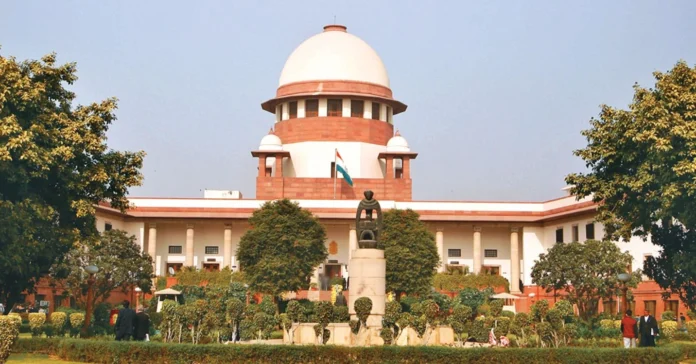The Supreme Court of India has delivered a landmark judgment today,firmly recognised the right to housing as a fundamental right flowing from Article 21 of the Constitution. The Bench of Justices J.B. Pardiwala and R. Mahadevan observed that housing cannot be viewed merely as a commercial transaction between developers and buyers, but must be understood as an essential component of the right to life, dignity and security.
The Court took strong exception to the inaction and inefficiency of regulatory authorities, particularly the Real Estate Regulatory Authorities (RERA), which were criticised for failing to adequately safeguard the interests of homebuyers who have often been left in limbo with half-constructed projects and financial losses.
The Court also made a critical distinction between genuine homebuyers and speculative investors. In the case before it, the appellants had entered into a buy-back arrangement that was designed to provide them with financial returns rather than possession of a dwelling.
The Court held that the defining feature of a homebuyer is the contractual right to receive possession of a residential unit, and that speculative arrangements do not confer the same legal status. While such investors cannot invoke insolvency remedies available to allottees under the law, the Court clarified that they are not entirely without recourse and may still seek to recover their investments through appropriate legal channels. This nuanced approach sought to ensure that the protection of fundamental rights remains firmly directed towards those whose aspiration is to secure a home rather than profit from speculative transactions.
Beyond the individual dispute, the Supreme Court seized the opportunity to confront the larger crisis afflicting India’s real estate sector. It noted that the collapse or stalling of housing projects is not merely a personal tragedy for those who invested their savings but a systemic problem with profound consequences for the economy. The Court explained that unfinished projects and failed developers undermine the stability of the banking system, jeopardise employment across allied industries, weaken urban infrastructure planning, and erode public trust in regulatory frameworks. To address this, the judgment called for comprehensive reforms to restore efficiency, transparency and accountability to the sector.
The Court directed that RERA must be strengthened in terms of staffing, funding and enforcement powers so that it does not remain a “toothless body.” It instructed the Union Government to immediately fill vacancies in the National Company Law Tribunal and the National Company Law Appellate Tribunal, institutions that play a crucial role in adjudicating insolvency and real estate disputes, and also to upgrade their infrastructure so that justice is not delayed by administrative shortcomings.
It also mandated the constitution of a high-level committee headed by a retired High Court judge and comprising senior officials from relevant ministries, financial institutions, and academic and policy experts from institutions such as the IIMs and National Law Universities. This committee has been tasked with examining the structural issues within the real estate sector and recommending systemic solutions to ensure that homebuyers are not left vulnerable in the future.
Equally significant was the Court’s insistence that insolvency proceedings in the real estate sector must be conducted on a project-by-project basis. This means that the fate of one failed development should not determine the outcome for all projects of a particular developer, thereby ensuring that buyers of viable but incomplete projects are not unjustly penalised.
The judgment further encouraged the use of innovative mechanisms to revive stalled projects, such as bridge financing through existing frameworks like the SWAMIH fund and NARCL, and even the possible creation of a dedicated body, potentially operating through a public-private partnership, to take over and complete incomplete developments. It added that unsold housing stock should be directed towards affordable housing programmes and government welfare schemes to ensure wider social benefit.
In its concluding observations, the Court stressed that a home is far more than a physical structure. It is the cornerstone of dignity, stability and the right to live with security and decency. Housing, the Court said, is not a luxury but a necessity that must be protected through vigilant governance and judicial oversight.
The judgment framed the protection of homebuyers as not only a constitutional obligation of the State but also as a pressing moral and economic imperative, vital for the health of the nation’s cities, financial systems and social fabric.


